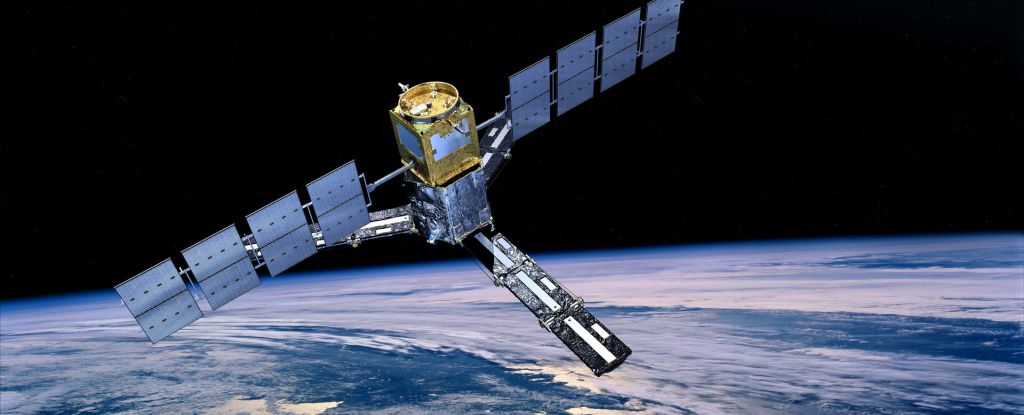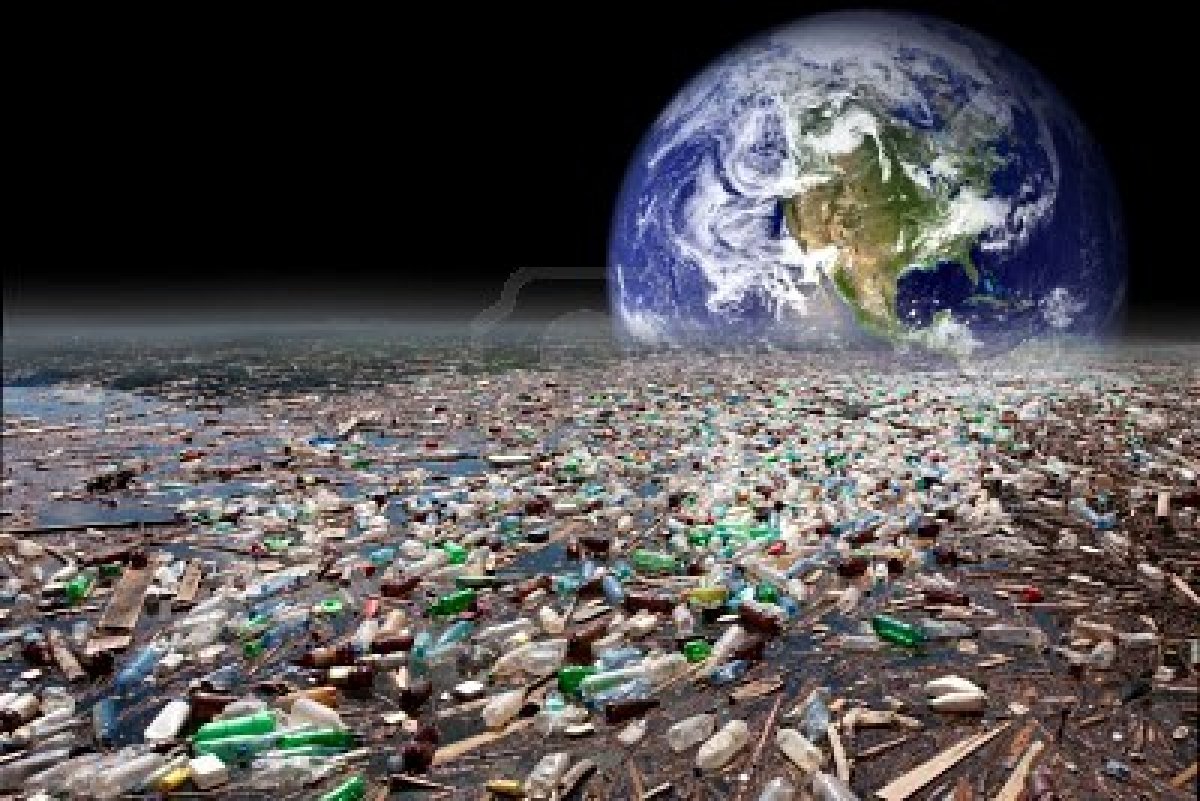
The continued release of greenhouse gases into Earth's atmosphere could increase the longevity of space junk in low Earth orbit, a new paper reveals.

The global average of carbon dioxide concentrations hit a new high of 413.2 parts per million last year, according to the WMO report. It was higher than the annual average over the last decade, despite a 5.6% drop of CO2 due to Covid.

This new tool allows you to move around the world to see how concentrations of the powerful greenhouse gas vary in space and time. Just like CO2, Methane (CH4) is increasing in the atmosphere. It is now above 1,876 ppb.

Scientists are concerned, because HFC-23 is a very potent greenhouse gas, with one tonne of its emissions being equivalent to the release of more than 12,000 tonnes of carbon dioxide.

Engineers have developed a new and cost-effective catalyst to recycle two of the main causes behind climate change -- carbon dioxide (CO2) and methane (CH4).

Over the last 800,000 years, pre-industrial atmospheric CO2 content remained below 280 ppm, but it has now risen to the 2016 global average of 403.3 ppm.

Carbon dioxide isn't the only one that matters, and the gases vary widely in potency and duration.

Through warming effects, methane and other gases impact rising seas long after leaving the atmosphere

Researchers have long tried to find simple ways to convert this greenhouse gas into fuels and other useful chemicals. Now, engineers has developed a technique powered by renewable energies such as solar or wind.

Global emissions of ethane, an air pollutant and greenhouse gas, are on the uptick again, according to a new study. The air samples for the study were collected from more than 40 sites around the world.